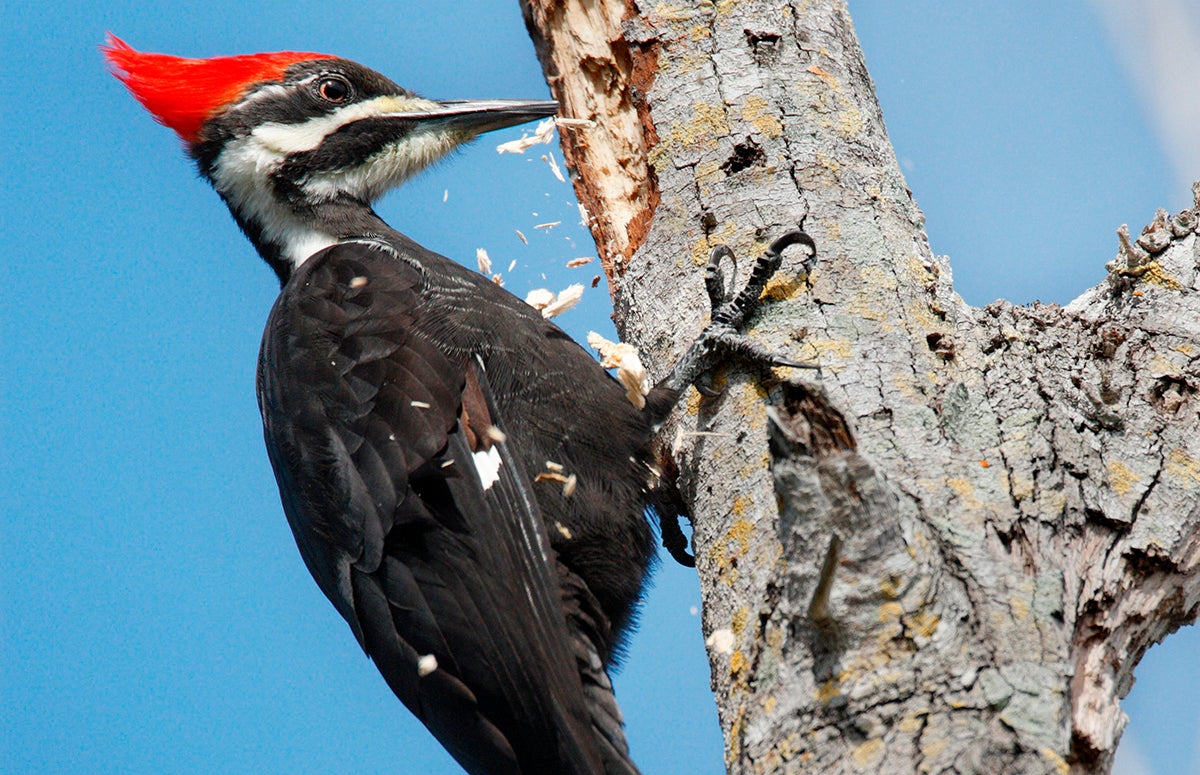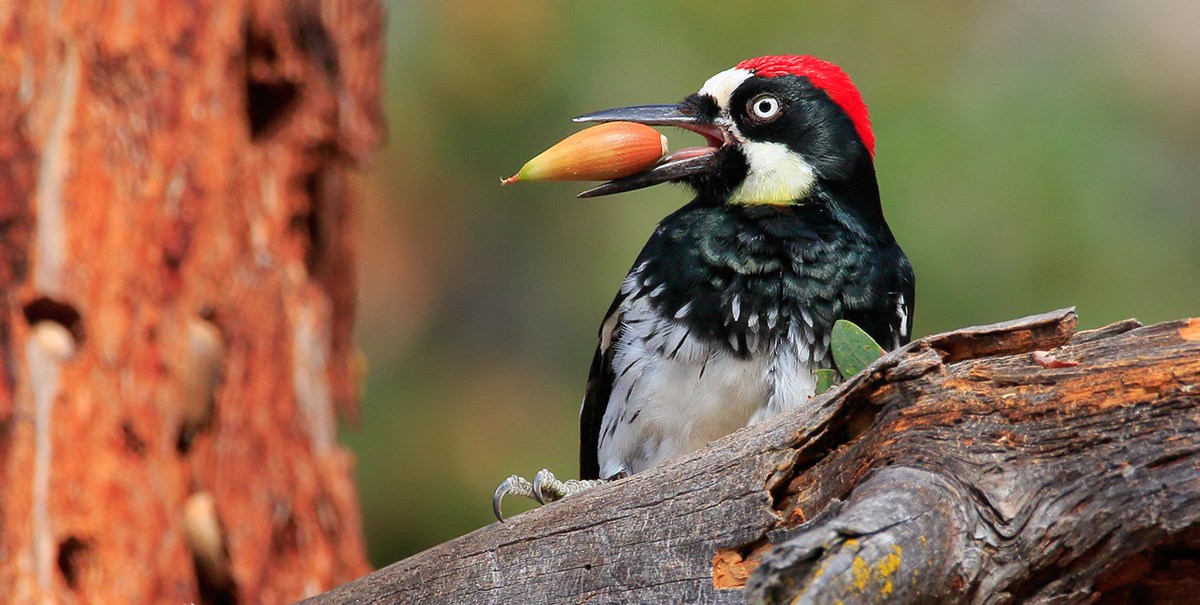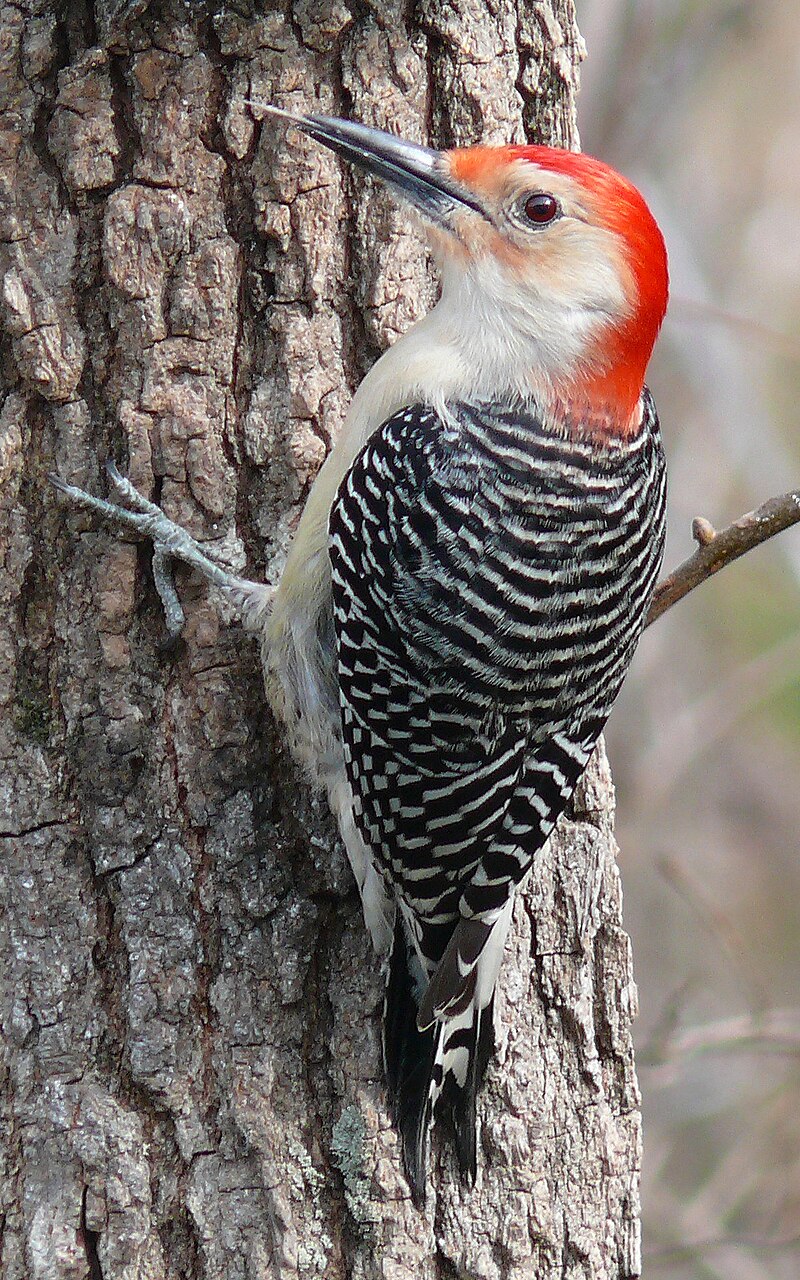Discover the Interesting World of Woodpeckers: Every Little Thing You Required to Know
The world of woodpeckers is a world loaded with distinct behaviors, complex adaptations, and a diverse variety of types. From their habitats and circulation patterns to their feeding practices and specialized anatomical functions, woodpeckers have long astounded the rate of interest of ornithologists and nature enthusiasts alike. Recognizing the complexities of these fascinating birds supplies a glimpse right into the complex interaction between their biology and the atmosphere. As we explore the globe of woodpeckers even more, we discover a wide range of details that drops light on their importance in environments and the challenges they deal with in an ever-changing world.
Woodpecker Habitats and Circulation
Woodpeckers live in a varied series of environments worldwide, showcasing versatility in their distribution patterns. These durable birds are located in forests, forests, savannas, and deserts throughout different continents, showing their capability to prosper in various weather conditions. In North America, for instance, woodpeckers can be identified in both coniferous and deciduous forests, utilizing their strong beaks to forage for insects and create nesting cavities in trees. Similarly, in Africa, certain woodpecker varieties have actually adjusted to dry atmospheres, such as the acacia forests, where they play an important function in managing insect populations.

Feeding Behaviors and Diet Regimen
Amongst the various aspects of their habits, woodpeckers display unique feeding practices and dietary preferences. These birds are mainly insectivores, with a diet plan that includes ants, beetles, caterpillars, and other insects found in trees. Woodpeckers use their solid beaks to pierce right into the bark of trees, probing for bugs and larvae hidden beneath the surface. Along with insects, woodpeckers additionally eat nuts, seeds, fruits, and sap. Some varieties have actually specialized tongues with barbed ideas that assist them extract insects from holes in timber.
Woodpeckers are understood for their drumming behavior, which offers not just to communicate with various other woodpeckers yet likewise to locate food. The quick drumming noise is produced by the bird pecking on resonant surface areas like dead trees or metal posts. This actions can draw in insects concealed in the wood, allowing the woodpecker wikipedia reference to identify their existence and feed upon them.
Unique Adjustments for Tree Climbing
In their adept pursuit of insects hidden within tree bark, woodpeckers have progressed impressive physiological attributes that equip them with distinct adaptations for effective tree climbing. Woodpeckers have strong neck muscles and a distinct skull structure that take in the effect of continuous pecking, enabling them to climb up and down without creating injury to their minds. These adjustments display the unbelievable transformative layout that makes it possible for woodpeckers to browse trees with accuracy and effectiveness.
Diverse Woodpecker Types Worldwide
With over 200 different species spread throughout numerous environments worldwide, the family members of Our site Picidae includes an exceptional variety of woodpeckers. These birds can be discovered in forests, woodlands, savannas, and also city locations, showcasing their versatility to different environments. From the legendary Northern Flicker in The United States And Canada to the vivid and elusive Crimson-backed Flameback in Asia, each woodpecker species exhibits one-of-a-kind attributes in terms of plumage, actions, and environment preference.
Woodpeckers differ substantially in dimension, with the diminutive Downy Woodpecker measuring around 6-7 inches in size, while the powerful Lineated Woodpecker can reach up to 17 inches - Woodpeckers in Florida. Their beaks additionally are available in different forms and sizes, reflecting their feeding behaviors. Some types specialize in removing bugs from tree bark, like the Acorn Woodpecker, while others, such as the Black-cheeked Woodpecker, feed upon fruits go right here and seeds

Preservation Initiatives and Challenges
Preservation efforts for woodpecker populaces are essential in mitigating the impact of habitat loss and other dangers encountering these varied bird species. Woodpeckers face various challenges to their survival, mainly because of logging, urbanization, environment modification, and invasive types. To attend to these concerns, preservation initiatives concentrate on shielding and recovering woodpecker environments, implementing sustainable forestry practices, and raising awareness about the importance of these birds in ecosystems.
One significant obstacle in woodpecker preservation is the fragmentation of their environments, causing isolated populations that are more vulnerable to termination - Woodpeckers in Florida. Preservationists function to produce wildlife corridors and shielded locations that link these fragmented habitats, permitting woodpeckers to relocate between different locations for feeding, reproducing, and sanctuary

Verdict
In conclusion, woodpeckers are interesting birds with special adjustments for tree climbing and feeding habits. They can be located in varied environments worldwide, encountering preservation obstacles as a result of environment loss and human tasks. Recognizing their environments, diet regimens, and actions is crucial for preservation initiatives to shield these vital bird varieties. More study and preservation activities are required to make sure the survival of woodpeckers in the wild.
Comments on “Exploring Woodpeckers in Florida Habitats: Where to Find These Birds”